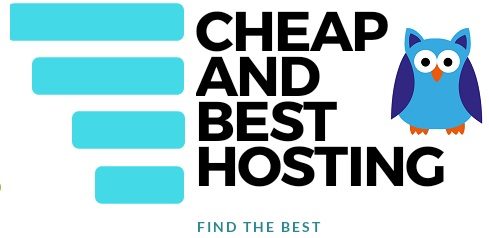There is no one magic formula for writing a catchy headline for your brochure. However, by following a few simple tips, you can greatly improve the odds of creating a headline that will grab your reader’s attention. In this article, we will discuss seven tips for writing headlines that are both catchy and effective.
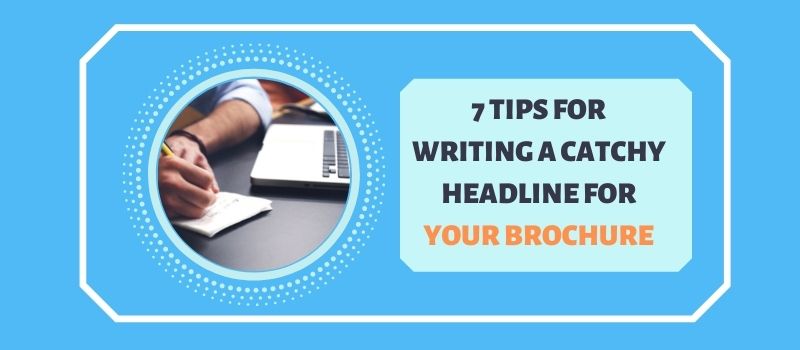
1. Avoid using exclamation points.
As a rule, never use exclamation points because you want to leave your audience with a sense of wonder and excitement about learning more about what you have to offer. We understand this, but we also wanted to illustrate the point that an exclamation point used in a certain way can be effective when creating a memorable brochure headline.
As per the experts from neuebits, The key is to use it sparingly and only when the situation calls for it (such as if you’re running a special promotion).
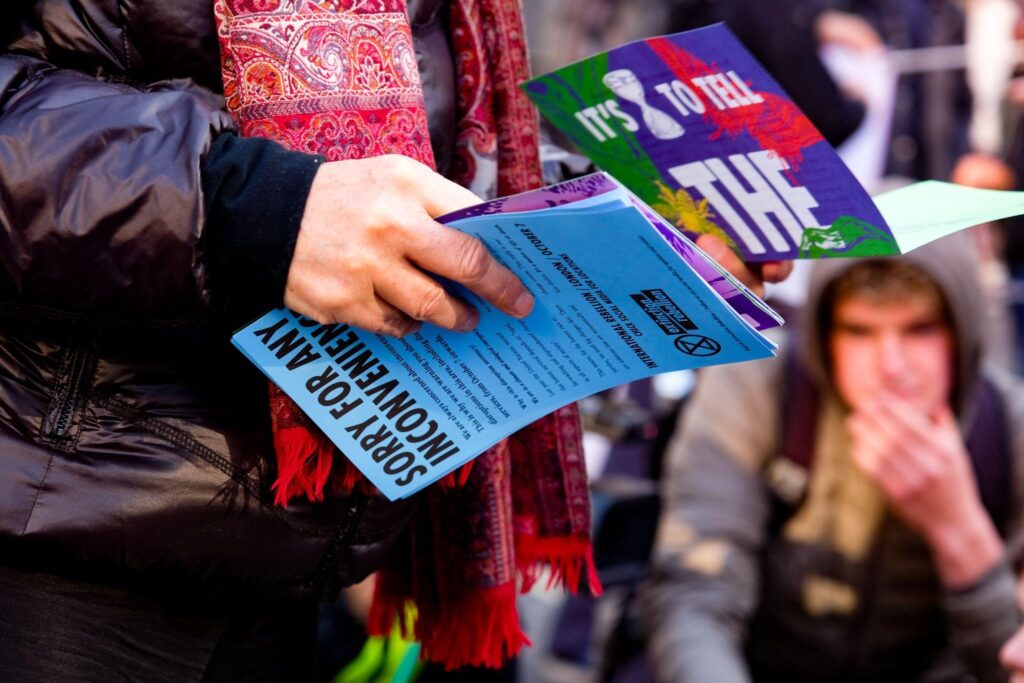
2. Take your reader by surprise.
Remember the days when you would go to a movie and walk out feeling totally blown away? In those heady times, it didn’t happen often. Nowadays, audiences have been conditioned by having the script of every film flogged through their heads via hundreds of websites and advanced reviews.
So how do you surprise your audience with a truly great advertisement? By giving them something they don’t already have. For example, you might give your readers information about a subject that is new to them or introduce an idea that will take their breath away. But make sure the concept behind your headline is sound and has merit.
3. Avoid being wordy.
The best headlines are short, sweet, and to the point. If your headline is longer than six words it might be too wordy to gain the attention of readers. For example, if you were writing a headline for a brochure on “How to Reduce Your Exposure to Radio Frequency Energy” instead you might focus on the benefits that are most likely to catch everyone’s attention: “Invincible TV—How to Reduce Exposure to Dangerous Radio Frequency Energy”. This headline-only contains four words but conveys the same information.
4. Avoid too much industry jargon.
Your headline should not contain any industry jargon that may be confusing or alienating to your target audience. Instead, it should focus on exciting concepts that help potential customers see why they need what you’re selling.
Here’s a great example: A roofing company specializing in residential homes might be tempted to use the headline “Re-Roofing 101” as a way of showing customers that you understand their concerns about breaking out the chequebook for such an expense.
But why not tell your readers how they can benefit from re-roofing their homes? That way, you’ll catch your audience’s attention and show them the value of re-roofing their home with a roofing company that specializes in residential homes.
5. Use testimonials and quotes.
If you’re looking for an easy and effective way to grab your reader’s attention, then consider adding a quote or testimonial to your headline. However, there are a few things you should keep in mind when using quotes and testimonials:
a. Make sure the quote is relevant – Don’t just use a quote because it sounds good or fits with what you’re selling. Use a quote that speaks directly to your target audience about how they can benefit from using your product or service.
b. Make sure the quote is real – Don’t just use a quote from someone you found on the web or in a magazine. Make sure the person quoted is more than happy to recommend your service and that there isn’t some kind of hidden agenda. In other words, make sure it’s not an advertising gimmick!
c. Make sure the quote is relevant – Even though this point may seem redundant, you’d be surprised how many advertisers make this mistake. Before including a quote, consider carefully if it’s appropriate for your ad and audience. If not, find something that is!
6. Keep it simple.
The best headlines are clean, uncluttered, and unassuming. Sure there are some people who like to ponder over six-word headlines that leave them scratching their heads. But those people are not your target audience! Forget innovative and clever, and concentrate on clarity.
Remember, you’re advertising to a specific audience who wants a quick solution to a problem. So make it as easy as possible for them to understand what you have to offer.
7. Bounce your headline on others.
Put your headline out in the world and let others test it for you. A good headline will get people talking! Ask friends, family members, and co-workers whom you trust to tell you if they understand what you’re trying to say and if the headline makes them want to know more.
One way to make brochures is to use Venngage — an online brochure maker that offers various brochure designs for everyone to use. To give you an idea, here are some brochure examples from their website!
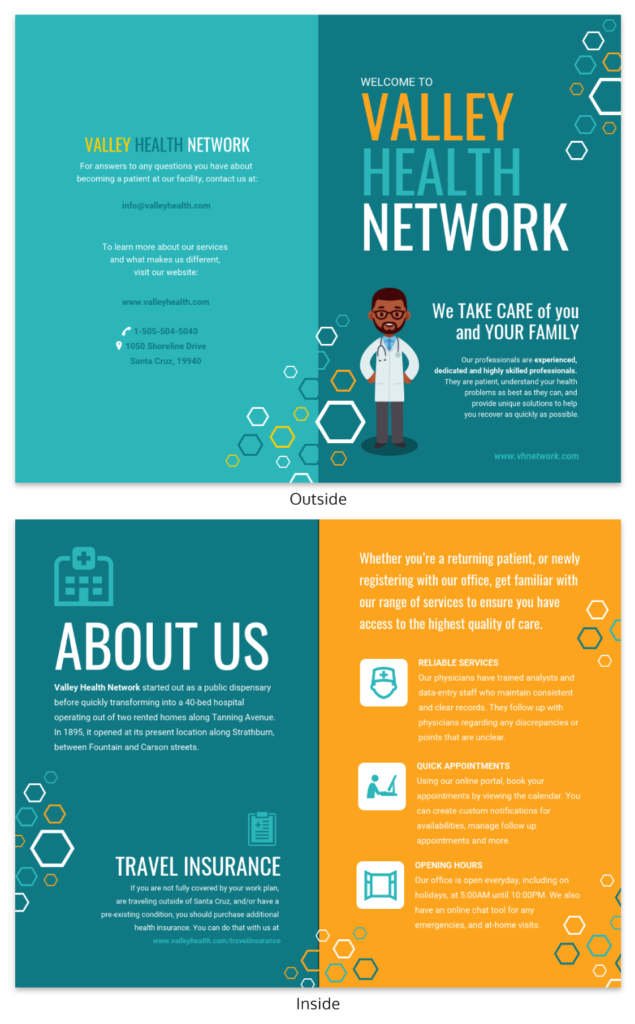

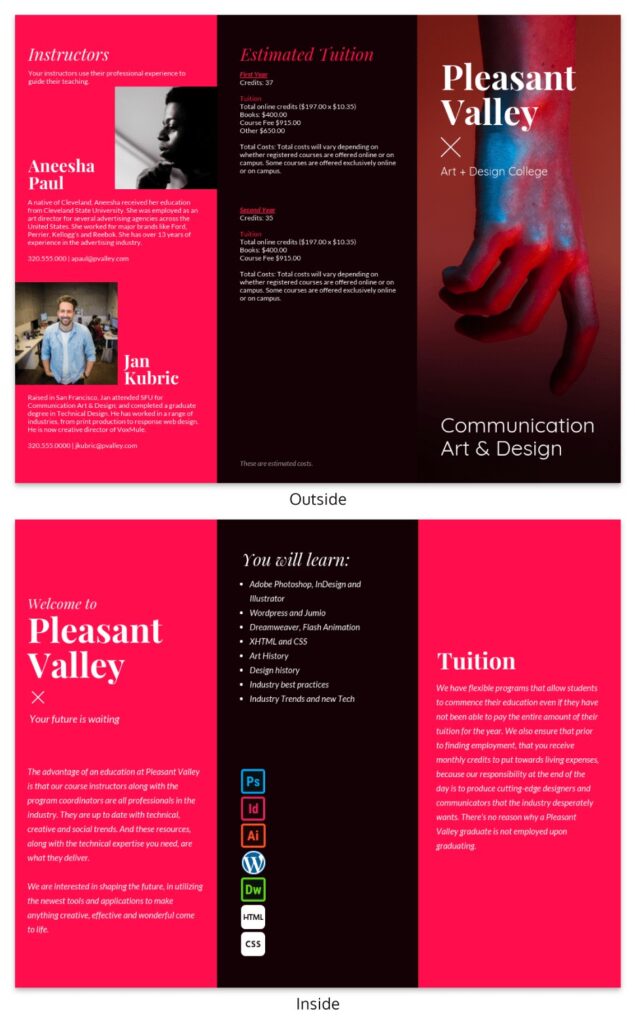
Writing a headline for your ad, brochure, or flier can be a little nerve-wracking. But once you come up with something that is attention-grabbing and informative to your target audience, then you’re likely to see better results from your advertising efforts. To start, click here!
Tools for writing catchy headlines:
- Jasper AI copywriting tool (Try Jasper AI Free)
- Rytr (Get Rytr Lifetime Deals, Rytr Free Trial and Coupons, Reviews of Rytr)
- Discounts on Grammarly
- Grammar Checker tools and software
About Author: Vishesh Gupta

Seasoned Professional with 15 years of experience in Sales and Marketing. Entrepreneur, Consultant and Blogger helping people earn through jobs and blogging. Experienced Hosting Reviewer who likes to collect detailed info about existing players and share it with my audience. Previously worked with leading Banks and Telecom Companies.
I completed my Masters in Management with specialization in Finance and Marketing.
Visit our Hosting Review and Blogging Guide for more interesting articles.
